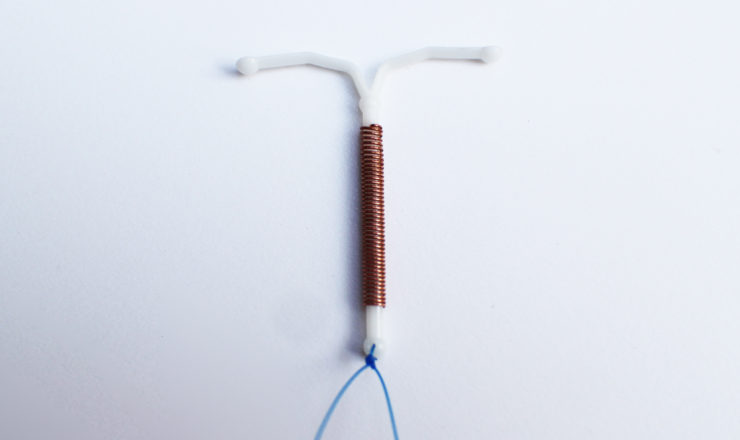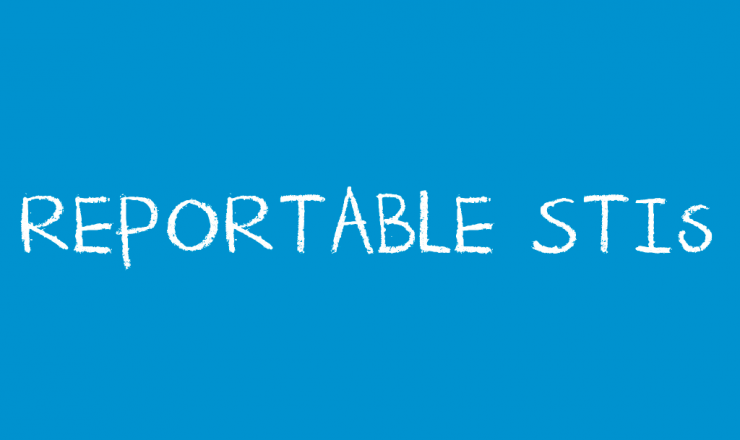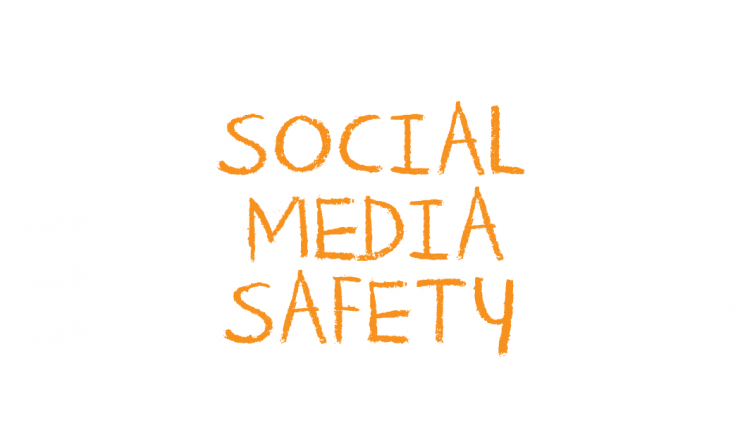How Pregnancy Happens
Three things must happen for there to be a chance of pregnancy:
1. Ovulation: The ovary releases an egg
Every 28 days or so, one mature egg is released from the ovary. This is called ovulation. After an egg is released, it moves into the fallopian tube where it stays for about 24 hours. If an egg is not fertilized within 24 hours, the egg disintegrates (breaks down) and menstruation (your period) begins 11-16 days later.
2. Fertilization: Sperm meets egg
A mature egg is fertilized when it is joined with a sperm cell. This usually happens after a penis has ejaculated semen (which contains sperm) inside a vagina. The sperm travels up the vagina, through the cervix and uterus and into the fallopian tubes. If an egg is less than 24 hours old, it can be fertilized by a sperm.
Fertilization sometimes (but rarely) happens when semen has been ejaculated outside but near the entrance of the vagina. Technology can also be used to fertilize an egg, either by inserting semen into the uterus (artificial insemination) or by fertilizing an egg outside the body and then placing it into the uterus.
3. Implantation: The fertilized egg attaches to the lining of the uterus and pregnancy begins.
Most eggs are fertilized by sperm while still in the fallopian tube. A fertilized egg then travels down the fallopian tube into the uterus. This can take 1-2 days. When the egg reaches the uterus, it may attach itself to the uterine lining (the endometrium) and pregnancy will begin. Many fertilized eggs are never implanted and are flushed out of the body with the next period.
For more on this topic, check out the article How Pregnancy Happens.





